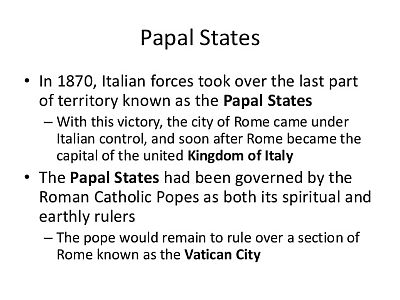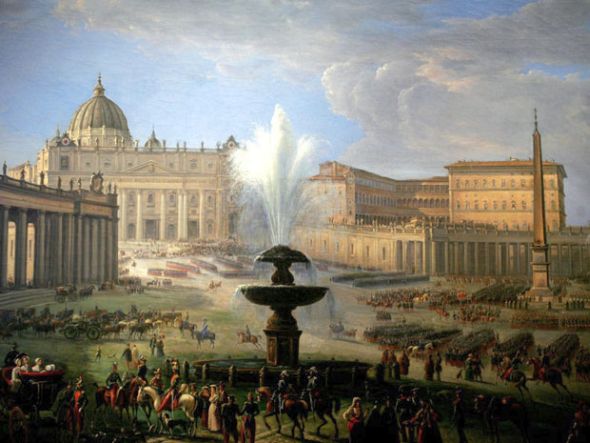Sartre – When a church becomes a secular state with a government or even an army, one needs to ask if the organized religion is more devoted to a  political entity, than a spiritual belief. A contemporary example could be the Iranian Mullahs, but for the definitive historic paradigm has been the Catholic Church. Catholic translates into universal. Notwithstanding, the crucial question that is traditionally avoided seeks to ask if the quid essential Christendom Church has operated more as an ingrained assemblage than a shepherd for saving souls.
political entity, than a spiritual belief. A contemporary example could be the Iranian Mullahs, but for the definitive historic paradigm has been the Catholic Church. Catholic translates into universal. Notwithstanding, the crucial question that is traditionally avoided seeks to ask if the quid essential Christendom Church has operated more as an ingrained assemblage than a shepherd for saving souls.
In comparison to other religions, the Italian Stati Pontifici transacted in direct land acquisitions of visible temporal governmental administration. According to the Encyclopædia Britannica, The Papal States provides a concise account of the development of Church political power.
“The Republic of St. Peter, or the Papal States, emerged in the mid-8th century as part of a broader political reconfiguration. Popes Gregory II (715–731) and Gregory III (731–741) turned away from the Byzantine Empire because of increased imperial taxation, the emperor’s policy of iconoclasm (prohibition of the veneration of religious images), and Constantinople’s failure to protect Rome adequately. Continue reading

